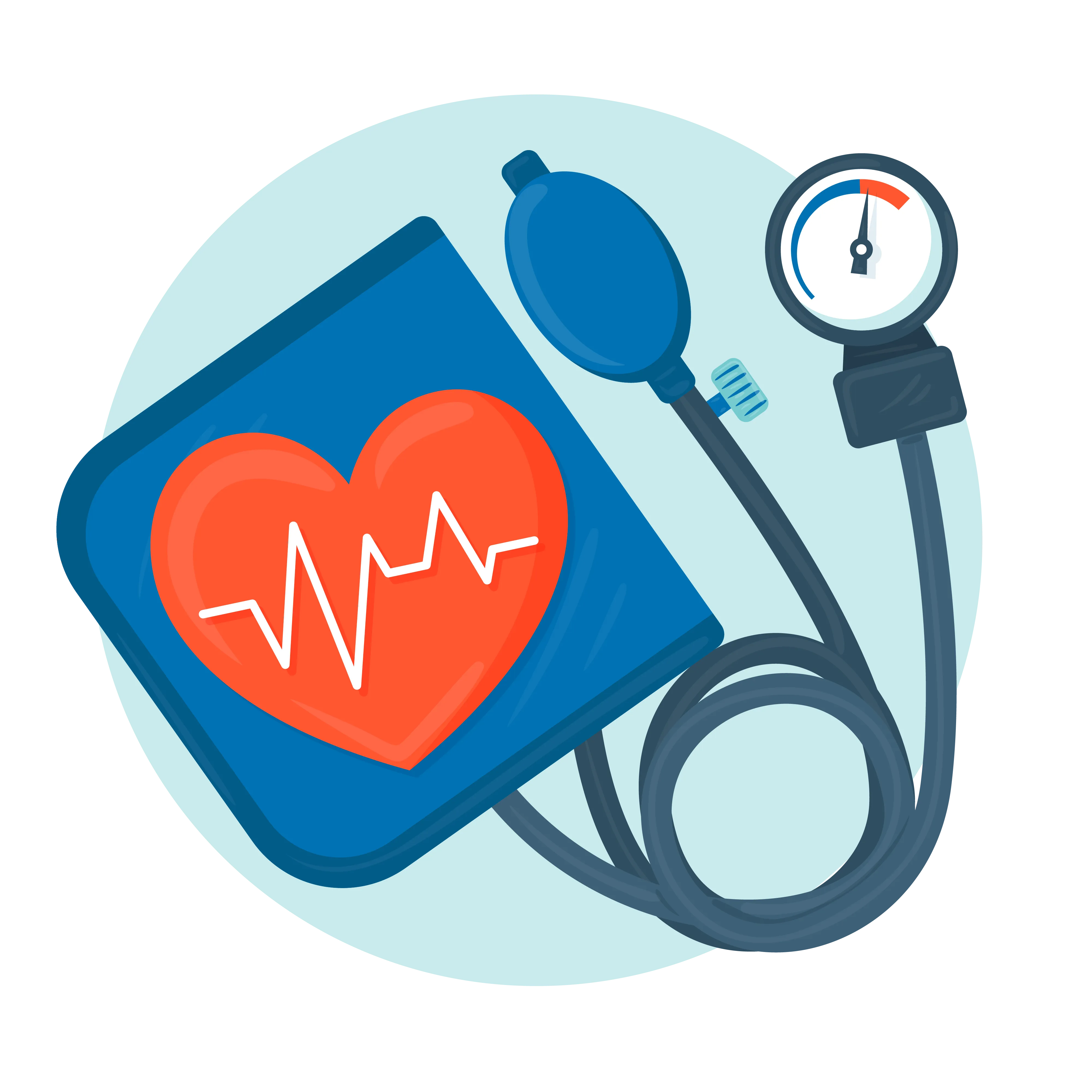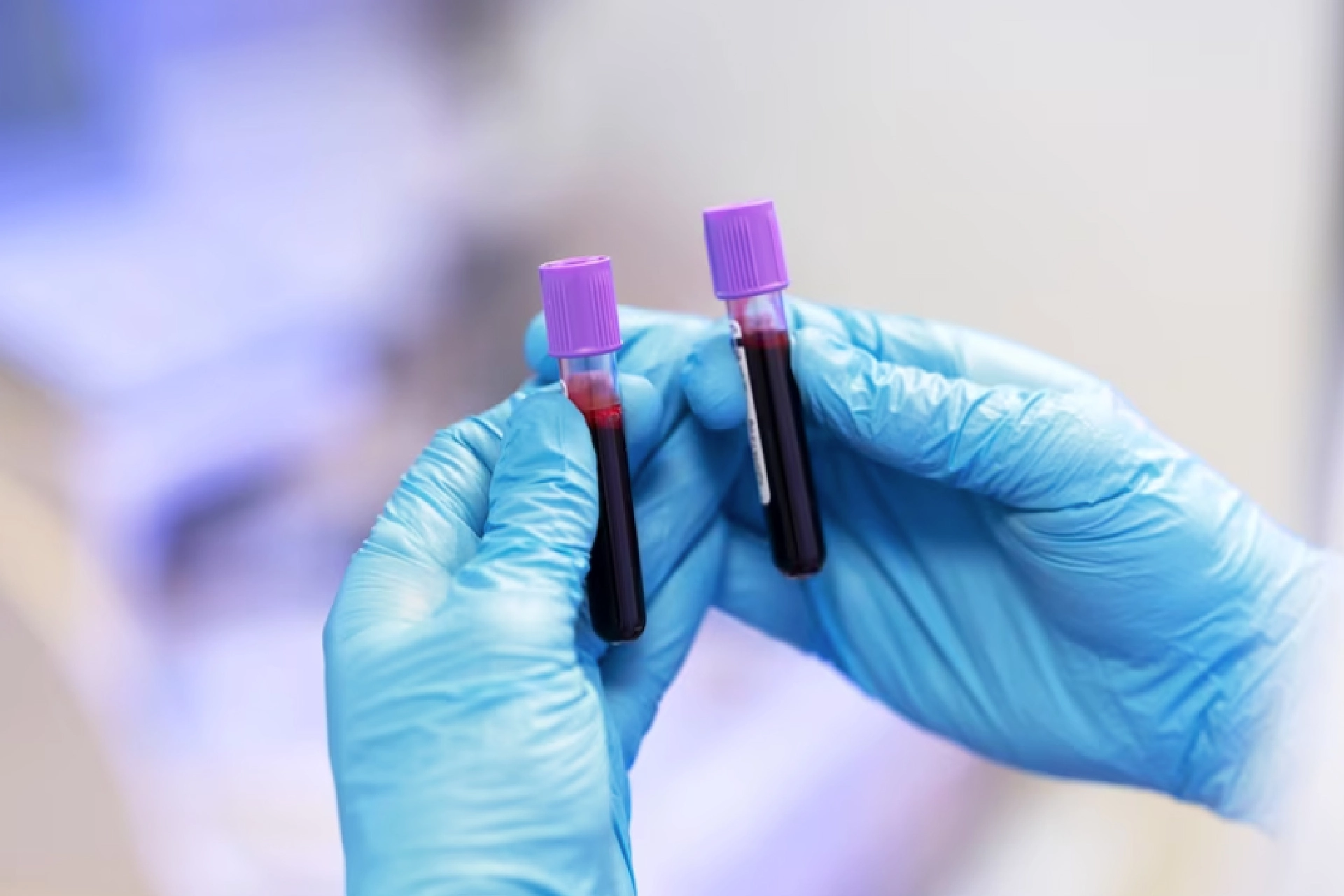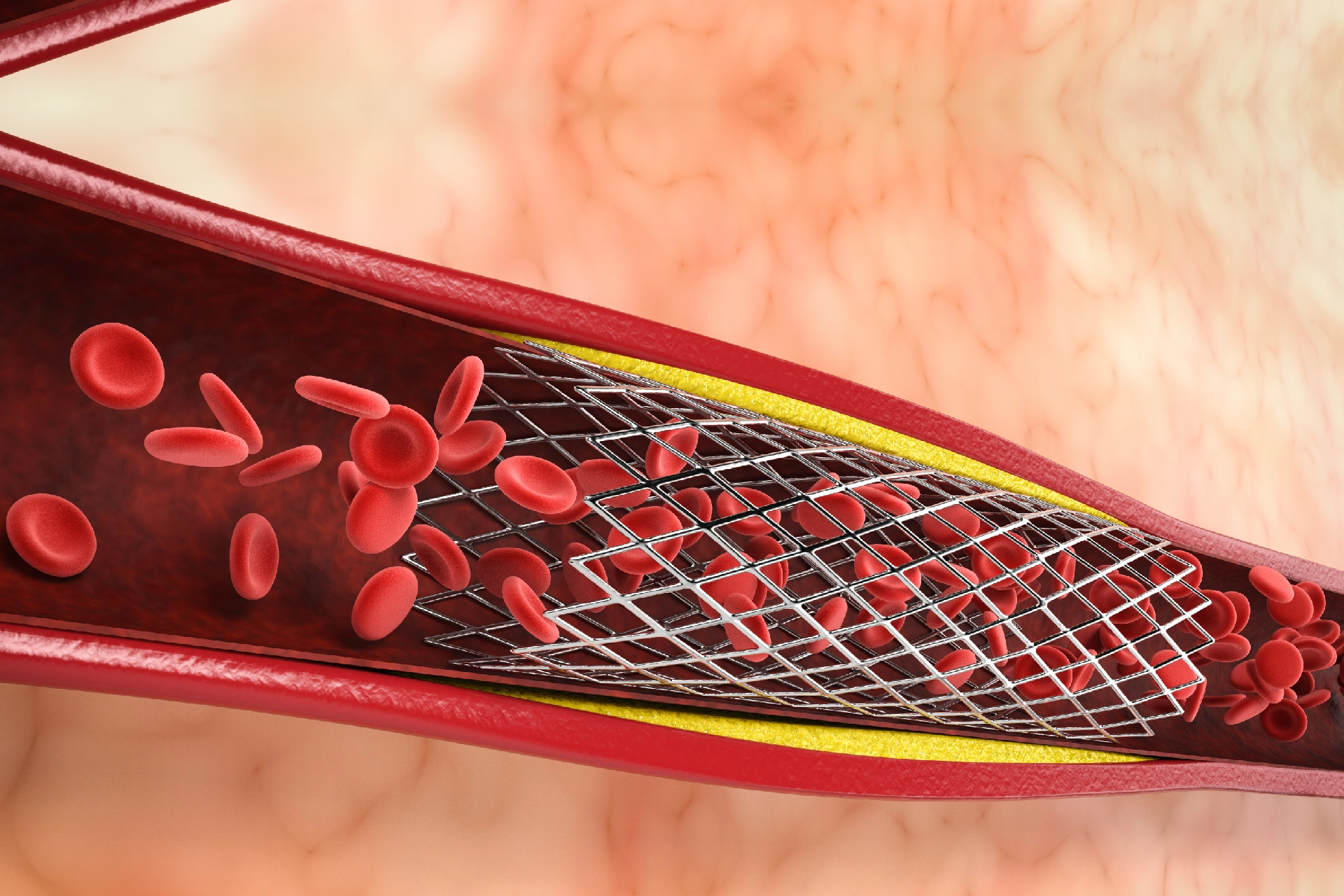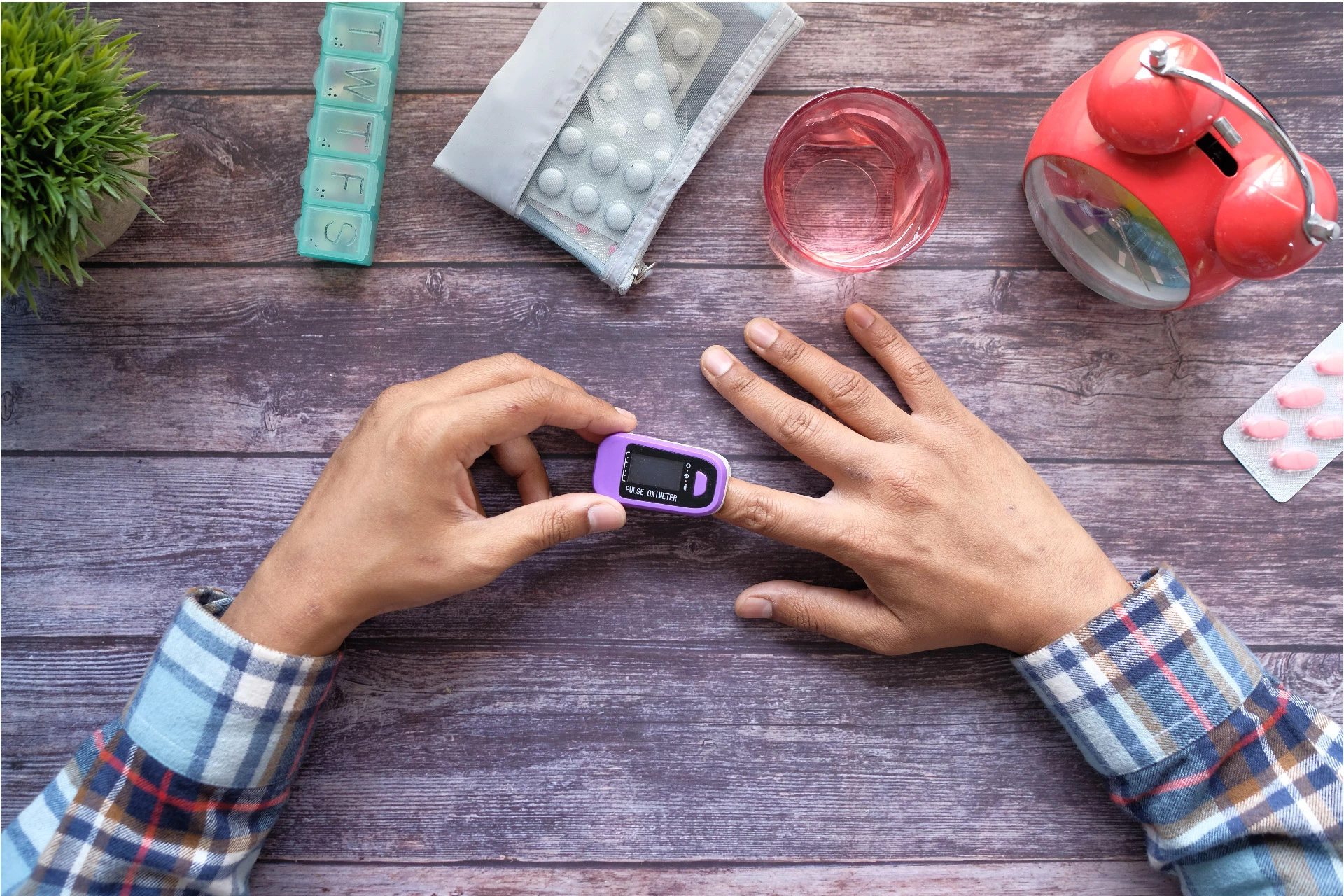Health Tests | 5 min read
How is a BP Test Done? What Should be Your Ideal Range?
Medically reviewed by
Table of Content
Key Takeaways
- If not controlled, <a href="https://www.bajajfinservhealth.in/articles/all-you-need-to-know-about-hypertension-causes-symptoms-treatment">hypertension can cause</a> chronic health illnesses
- A blood pressure test is necessary to check high blood pressure
- Maintain a healthy lifestyle for ideal blood pressure measurement
High blood pressure or hypertension, if not controlled, can lead to heart, brain, kidney, or other serious illnesses. Around 1.13 billion people across the globe have high BP. Since it is hard to control this serious problem, it is one of the major causes of premature deaths all over the world.
Adults should get a blood pressure test on a regular basis to keep health problems under check and maintain overall health. This allows you to change lifestyle habits that put you at risk. Checking your BP proactively is also important because there are often no visible symptoms of high blood pressure. A BP test is done with a painless blood pressure checking machine.
Read on to find out how a blood pressure check is done and the normal range you should strive to maintain.

Why is a BP test done?
A blood pressure test is conducted to measure the pressure in your arteries and to determine high or low blood pressure. Your doctor may check your blood pressure or ask you to use a blood pressure monitor at home to track hypertension. The risk of developing high blood pressure increases in people over the age of 40 years. However, people over 18 years of age should get a blood pressure check done during their routine health checkup. Those with chronic health issues should get the BP test done more often.
What is ambulatory blood pressure monitoring?
Ambulatory blood pressure monitoring helps measure your blood pressure at all times for up to 24 hours [2]. It helps to keep track of your blood pressure continuously while you go about your daily life, even when you are asleep. It is done by attaching a small digital monitor on your waist belt and is connected to a cuff around the upper arm. The measurements taken at regular intervals help your doctor understand the changes in your blood pressure better.
Additional read: 5 Different Stages of Hypertension: What are the Symptoms and Risks?

How to test blood pressure with a BP testing machine?
Medical practitioners use a sphygmomanometer consisting of a rubber cuff and a gauge. The cuff is wrapped around your arm and inflated for blood pressure measurement. This is a painless process and only takes few minutes to determine. You can also use a blood pressure monitor, which is a machine to check blood pressure at home. Of the three main styles of such equipment, experts recommend that patients use an automatic, cuff-style, upper-arm monitor.
To use it, don’t smoke, exercise, or drink caffeinated beverages before taking the blood pressure test. When you are ready, sit straight and keep your feet on the floor. Don’t cross them. Support your arm on a flat surface keeping the upper arm at heart level. Place the bottom of the cuff directly above the bend of the elbow. Read your instructions or follow your doctor’s advice. Remember to take multiple readings at the same time every day and record the results. Avoid wrist or finger monitors as they don’t produce accurate readings.
What is a systolic and diastolic blood pressure check?
Blood pressure measurement has two different readings.
Systolic pressure
It is the higher number or the one that appears on top of your blood pressure reading. It measures the pressure in your arteries when the heart contracts to pump blood.
Diastolic pressure
It is the lower number or the one that appears below on your blood pressure reading. It measures the pressure in your arteries when your heart rests between the beats.

What is a normal blood pressure measurement?
Blood pressure is measured in millimeters of mercury and is abbreviated as mm Hg.
Hypotension or low blood pressure
If you have systolic blood pressure below 90 mm Hg or a diastolic bp below 60 mm Hg, you have hypotension.
Normal blood pressure
BP normal level is usually reached when the systolic pressure is less than 120 mm Hg and diastolic pressure is below 80 mm Hg.
Elevated blood pressure
A systolic pressure between 120 and 129 mm Hg and a diastolic pressure of less than 80 mm Hg depicts an elevated blood pressure.
Stage 1 high blood pressure (hypertension)
It is when your systolic pressure is between 130 and 139 mm Hg or diastolic pressure is between 80 and 89 mm Hg.
Stage 2 high blood pressure (hypertension)
It is when your systolic pressure is 140 mm Hg and higher or diastolic pressure is 90 mm Hg and above.
Hypertensive crisis
This is an emergency state that requires you to consult your doctor immediately. A systolic pressure higher than 180 mm Hg and/or diastolic pressure higher than 120 mm Hg represents hypertensive crises.
Additional Read: High Blood Pressure Treatment At Home: 10 Things To Try!A healthy lifestyle helps you keep blood pressure under check. However, the key is to diagnose any BP issues at the earliest. This is why a regular blood pressure test is crucial. If you have hypertension, keep a record of your BP levels by checking them at home regularly and seek medical care when needed. Book a BP test as well as other lab tests with ease on Bajaj Finserv Health and take a proactive approach to nip health issues in the bud!
References
- https://www.who.int/news-room/fact-sheets/detail/hypertension
- https://bihsoc.org/wp-content/uploads/2017/09/ABPM_Explained_-_Patient_Leaflet.pdf
- https://www.heart.org/en/health-topics/high-blood-pressure/understanding-blood-pressure-readings/monitoring-your-blood-pressure-at-home
- https://pubmed.ncbi.nlm.nih.gov/20160537/
Disclaimer
Please note that this article is solely meant for informational purposes and Bajaj Finserv Health Limited (“BFHL”) does not shoulder any responsibility of the views/advice/information expressed/given by the writer/reviewer/originator. This article should not be considered as a substitute for any medical advice, diagnosis or treatment. Always consult with your trusted physician/qualified healthcare professional to evaluate your medical condition. The above article has been reviewed by a qualified doctor and BFHL is not responsible for any damages for any information or services provided by any third party.




